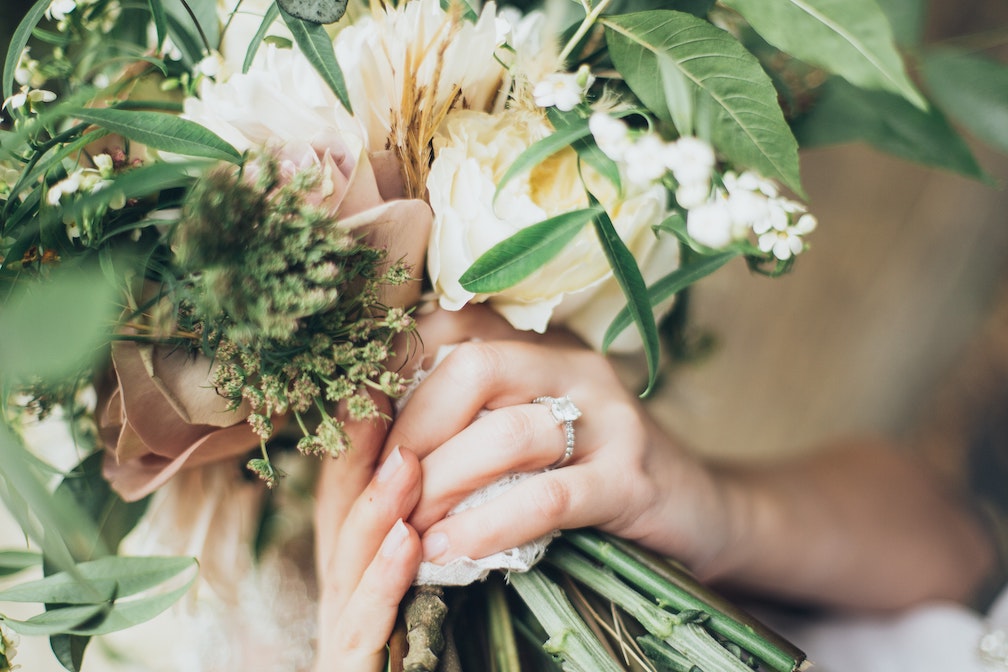By Cara Barilla – Educational Columnist and Journalist
Rings are not just beautiful accessories; they hold a significant meaning and symbolism. From engagement rings to fashion statements, there is a vast array of ring styles available. There are many differences and benefits of various ring styles, focusing on cut, positioning, and band styles. Understanding these variations will help you choose the perfect ring for any occasion.
1. Cut Styles
The cut of a ring refers to the shape and faceting of the gemstone. Different cut styles lend a unique personality to the ring. Here are a few popular choices:
a) Round Cut: The round cut is the most traditional and popular style, known for its brilliant sparkle and timeless appeal. It maximizes the gemstone’s brilliance, making it an excellent choice for engagement rings.
b) Princess Cut: The princess cut features a square or rectangular shape with pointed corners. It offers a modern and elegant look, showcasing the gemstone’s brilliance and clarity.
c) Emerald Cut: The emerald cut is characterized by its rectangular shape with bevelled corners. It emphasizes the gemstone’s clarity and exhibits a vintage and sophisticated charm.
d) Cushion Cut: The cushion cut combines rounded corners with a square or rectangular shape, creating a romantic and vintage-inspired appearance. It offers a balance of brilliance and uniqueness.
2. Positioning Styles
The positioning of gemstones on a ring can significantly impact its overall look and appeal. Consider the following popular positioning styles:
a) Solitaire: A solitaire ring features a single gemstone, usually placed at the center, surrounded by a simple band. It highlights the beauty and elegance of the stone, drawing all attention to its brilliance.
b) Halo: A halo setting encircles the center stone with a ring of smaller accent diamonds or gemstones, creating a dazzling and glamorous effect. It enhances the perceived size of the center stone and adds extra sparkle.
c) Three-Stone: The three-stone setting showcases a trio of gemstones symbolizing the past, present, and future. It represents enduring love and commitment while providing a unique and meaningful design.
d) Cluster: A cluster setting consists of multiple smaller gemstones arranged closely together to create the illusion of a larger stone. It offers a distinctive and eye-catching look, perfect for those seeking a bold and glamorous style.
3. Band Styles
The band of a ring plays a crucial role in its overall aesthetics and comfort. Here are a few popular band styles to consider:
a) Classic Band: A classic band is a timeless choice, featuring a simple and smooth metal band that allows the gemstone to take center stage. It complements any style of ring and is suitable for both men and women.
b) Eternity Band: An eternity band is encrusted with diamonds or gemstones all around the band, symbolizing everlasting love. It offers a luxurious and glamorous look, often chosen as wedding or anniversary rings.
c) Twisted Band: A twisted band features a unique design with the metal band elegantly wrapped around the finger. It adds a touch of sophistication and intrigue to the ring, perfect for those seeking a distinctive style.
d) Split Shank: A split shank band splits into two or more strands as it approaches the center stone, creating a modern and artistic look. It adds a contemporary twist to traditional ring designs.
The cut style, positioning, and band style all contribute to the overall appearance and significance of the piece. By understanding these variations, you can choose a ring that suits your personal style, occasions, and preferences. Whether you opt for a classic solitaire with a round cut or a glamorous halo, you need to focus on choosing a design style which best reflects your personal style.






